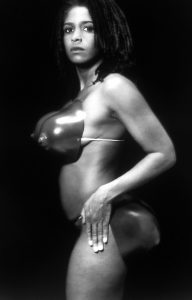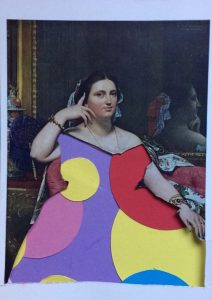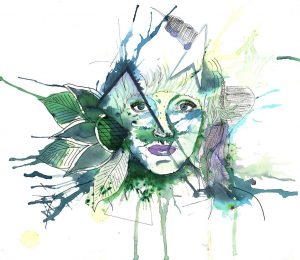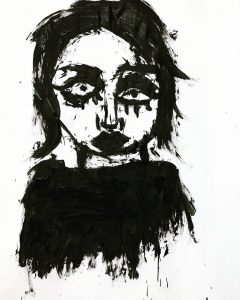1 Leo Steinberg “from other criteria”. (Charles Harrison, 1992) Steinberg talks about a shift in the picture plane from the “old Masters practice of using of devises to draw attention to the art. Steinberg talks about development in this practice using the term flatbed picture plane which started in the 1960’s it changes the way a picture is represented in relation to the vertical nature of the human view point, which Steinberg calls world space. He cites Richard Rauschenberg as the first proponent of this style of seeing. A clear example of this would be 1955 when Rauschenberg smeared paint on his own bed and up righted it against a wall. Steinberg says, “The flatbed picture lends itself to any content that does not evoke a prior optical event`” this development refers to the difference in context between now and in the middle ages. A picture can now be conceived as an image of an image no longer an image of worldview.
2 Richard Serra from “The Yale Lectures” (Charles Harrison, 1992) This lecture was in response to a ruling made against Serra where he cited that a removal of a piece of work from its site-specific place was an unjustifiable suppression of the right to freedom of speech – an act of censorship.
Serra stated that the specificity of the site oriented works is depended on and inseparable from their location. (Charles Harrison, 1992) therefore, removing the piece was tantamount to destroying it as it could not be recited. The specificity of site –oriented works implies that they are conceived for dependent on and inseparable from their location (Charles Harrison 1992). In 1989 the piece tilted arc was removed from the federal Plaza in NYC. Serra talks of the difference between sculpture being the development of a piece by using material brought together to create a work where the difference between site specific is that the material should be interdependent to the location not separate from it this was new thinking in that time in 1990.
Steinberg explains that as Rauschenberg subverts the picture planes he also is shaking up the “art connoisseurs” position as the proponent of good taste and aesthetics, the self-appointed keepers of commercial success for artists therefore a representation of authority. This links to Serra who talks about commerce as meeting consumerist needs. He says that an artist can stand outside the submission to authority by making work that is not sponsored by corporate, or political manipulation by making work that is not commercial. Serra suggests that site specific works that are made for a specific location and don’t lend themselves to be sold onto another location suffer from lack of commercial value.Therefore, is not submitting to the authority of commerce.
If artefacts do not accord with the consumerist needs of people if they don’t submit to exploitation and marketing strategies they can be voted ad hoc into oblivion. In Rauschenberg’s case, he was able to move the thinking forward which made way for a wider range of artefacts to enter into the commercial art world.
Charles Harrison, P. W., 1992. Art in Theory An anthology of Changing Ideas. 2nd Edition ed. Oxford: Blackwell.




